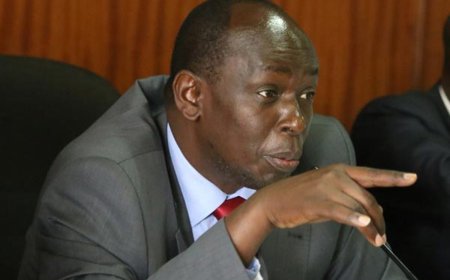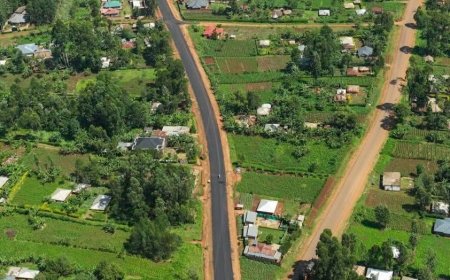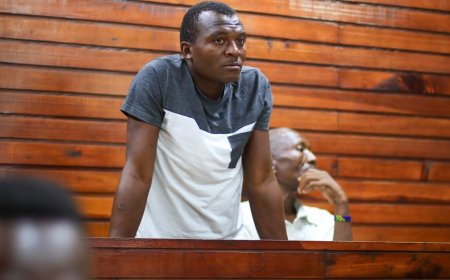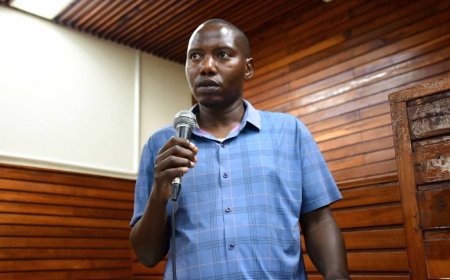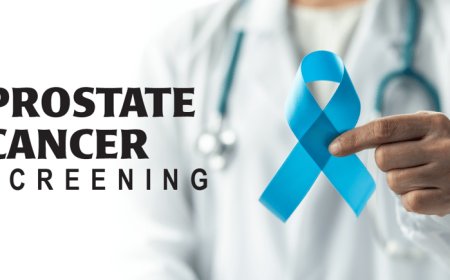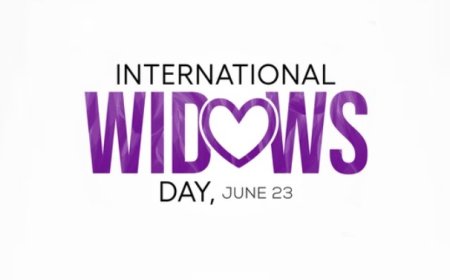Addressing The Enduring Vulnerability of Adolescent Girls and Young Women To HIV
According to World Health Organization 4,000 weekly infections is a large number that should be eradicated.

The number of girls infected with HIV is on the rise in sub-saharan.
The weekly number of young women and girls that get infected globally is shocking.
According to World Health Organization 4,000 weekly infections is a large number that should be eradicated.
Despite remarkable strides in the global response to HIV, Adolescent Girls and Young Women between the ages of 15 and 24 continue to face risks of contracting HIV.
Recognizing and addressing these multifaceted layers of vulnerability is essential for crafting impactful and sustainable prevention strategies.
Beyond biology, entrenched gender inequality plays a critical role in exacerbating HIV risk for Adolescent Girls and Young Women.
Societal norms, often rooted in patriarchal structures, frequently limit young women's autonomy and decision-making power, particularly concerning their sexual and reproductive health.
This can manifest as a diminished ability to negotiate safer sexual intimacy practices, including condom use, especially within relationships.
Older male partners, who may have higher rates of HIV prevalence, can further increase this risk, creating a dangerous dynamic that young women often struggle to navigate.
The shadow of gender-based violence (GBV), darkens the landscape of vulnerability for Adolescent Girls and Young Women. Both intimate partners’ violence and broader forms of sexual violence directly increase the risk of HIV transmission. Forced sexual encounters can cause physical trauma, facilitating the virus's entry.
The pervasive threat of violence can deter and hinder young women from seeking crucial HIV prevention services such as testing or pre-exposure prophylaxis (PrEP), and from adhering to treatment if already infected due to fear of retribution and judgment.
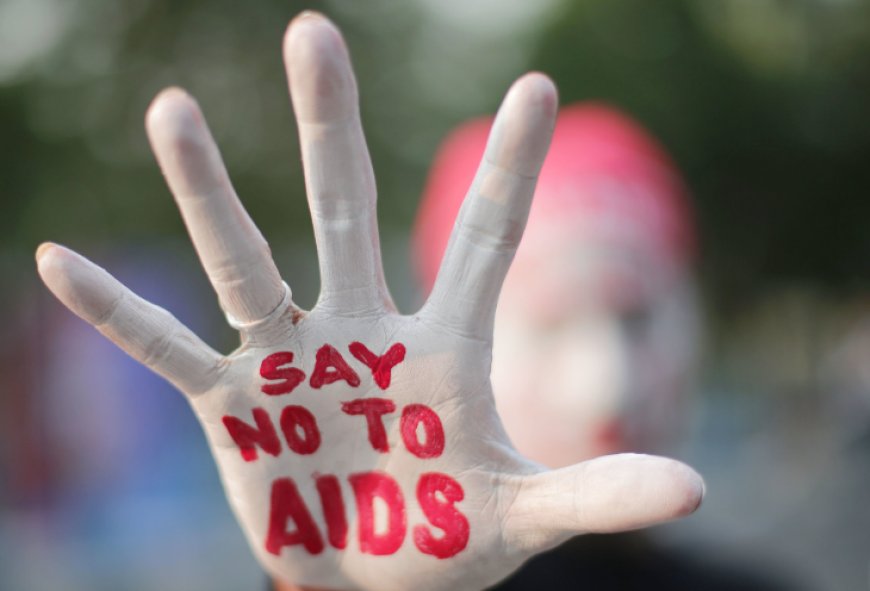
Poverty and a lack of economic opportunities push many young women into transactional sex (prostitution) as a means of survival, exchanging sex for financial support, goods or shelter.
This economic desperation dramatically increases their exposure to HIV. Furthermore, limited access to education and restricted economic prospects can trap AGYW in cycles of disadvantage, severely limiting their choices and their ability to assert agency over their health and well-being.
Lack of comprehensive and accurate knowledge about HIV transmission, prevention methods, and availability of services remain a significant barrier for many Adolescent Girls and Young Women.
Additionally, challenges in accessing youth-friendly healthcare services, such as judgmental staff, concerns about confidentiality and frequent stockout of essential supplies like condoms and PrEP, discourage young women from seeking needed care.
Cultural norms around premarital sex, perception of young women's sexuality also creates stigma, preventing open discussions and access to vital health resources.
Addressing the enduring vulnerability, It necessitates empowering AGYW through education, life skills, and economic opportunities, enabling them to make informed choices and assert their rights.
Crucially, it involves actively challenging harmful gender norms and engaging entire communities, including fostering equitable relationships and eradicating gender-based violence.
What's Your Reaction?
 Like
0
Like
0
 Dislike
0
Dislike
0
 Love
0
Love
0
 Funny
0
Funny
0
 Angry
0
Angry
0
 Sad
0
Sad
0
 Wow
0
Wow
0



